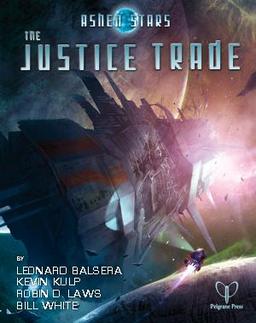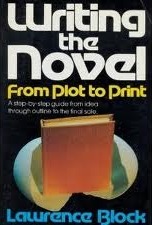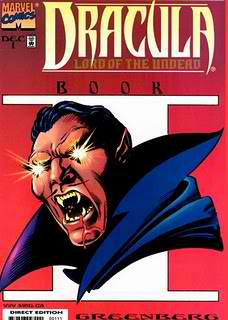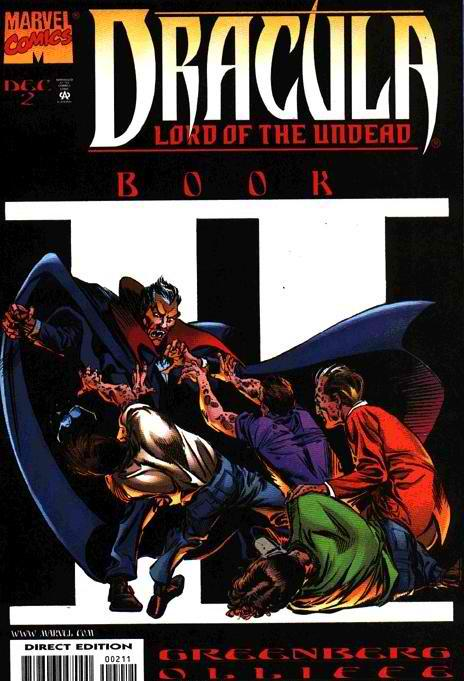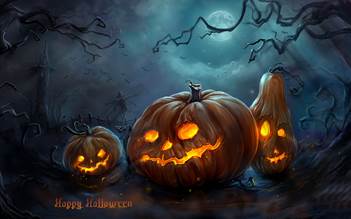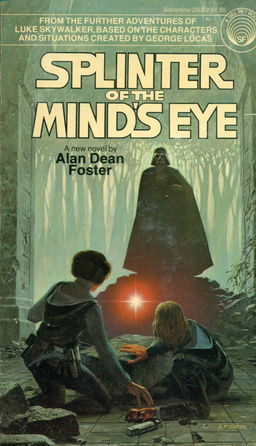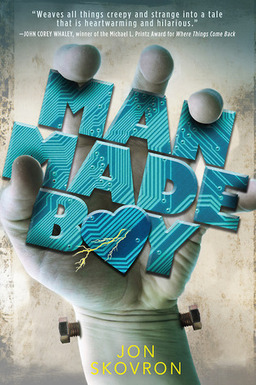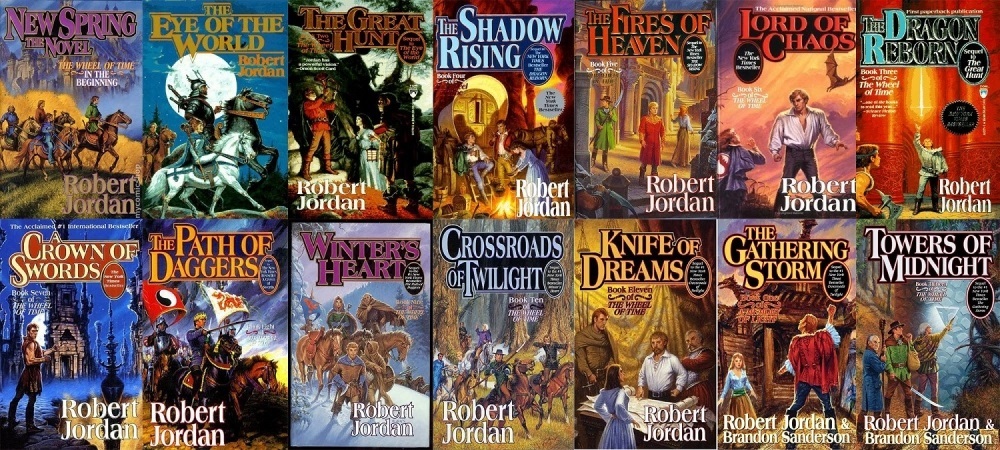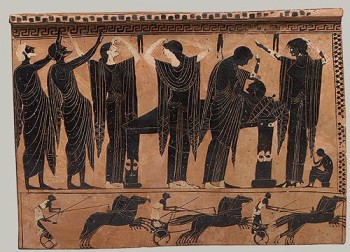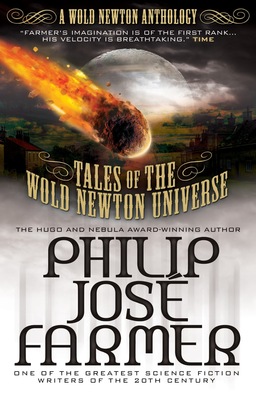Self-published Book Review: The Nameless Dwarf by D. P. Prior
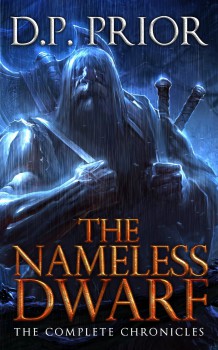 I have a soft spot for dwarves. I consider elves over-used Mary Sues and I could go another decade or two without reading another story about fairies, but give me short smiths with beards and axes who drink too much and I’ll keep reading. Which brings us to this month’s self-published book: The Nameless Dwarf: The Complete Chronicles. This wasn’t a book that the author submitted to me by my normal process: I’ll get back to those next month. This time, I actually bought the book from Amazon for actual money, because hey, it was about a dwarf.
I have a soft spot for dwarves. I consider elves over-used Mary Sues and I could go another decade or two without reading another story about fairies, but give me short smiths with beards and axes who drink too much and I’ll keep reading. Which brings us to this month’s self-published book: The Nameless Dwarf: The Complete Chronicles. This wasn’t a book that the author submitted to me by my normal process: I’ll get back to those next month. This time, I actually bought the book from Amazon for actual money, because hey, it was about a dwarf.
Nameless (and yes, everybody calls him Nameless) has a bit of a history. Much of it is chronicled in earlier books, only a couple of which seem to be available from Amazon. Because of this, I decided to take a chance on The Nameless Dwarf without reading about Nameless’s previous adventures. The problem is that the backstory is a bit much to take in all at the beginning. The long and short of it is that Nameless came in possession of a cursed axe. Despite this, he engaged in a number of adventures with the well-known hero Shader, but later, the axe overcame him and caused him to do all sorts of unsavory things, including butchering a lot of his fellow dwarves and becoming a tyrannical dictator and driving them to war, until at last his people fled. When Nameless was finally freed of the cursed axe, he decided that he needed to seek his people out, not to ask forgiveness, which was impossible, but to tell them they could go home, before their exile in the nightmare lands of Qlippoth destroy them utterly. And that’s where the novel begins. I can’t help feeling that the backstory would have had more power if I had been able to read the earlier books and there were plenty of references to people and events from the previous stories that I would have liked to know more about. But even so, there was enough explained at the beginning that I wasn’t entirely lost.
